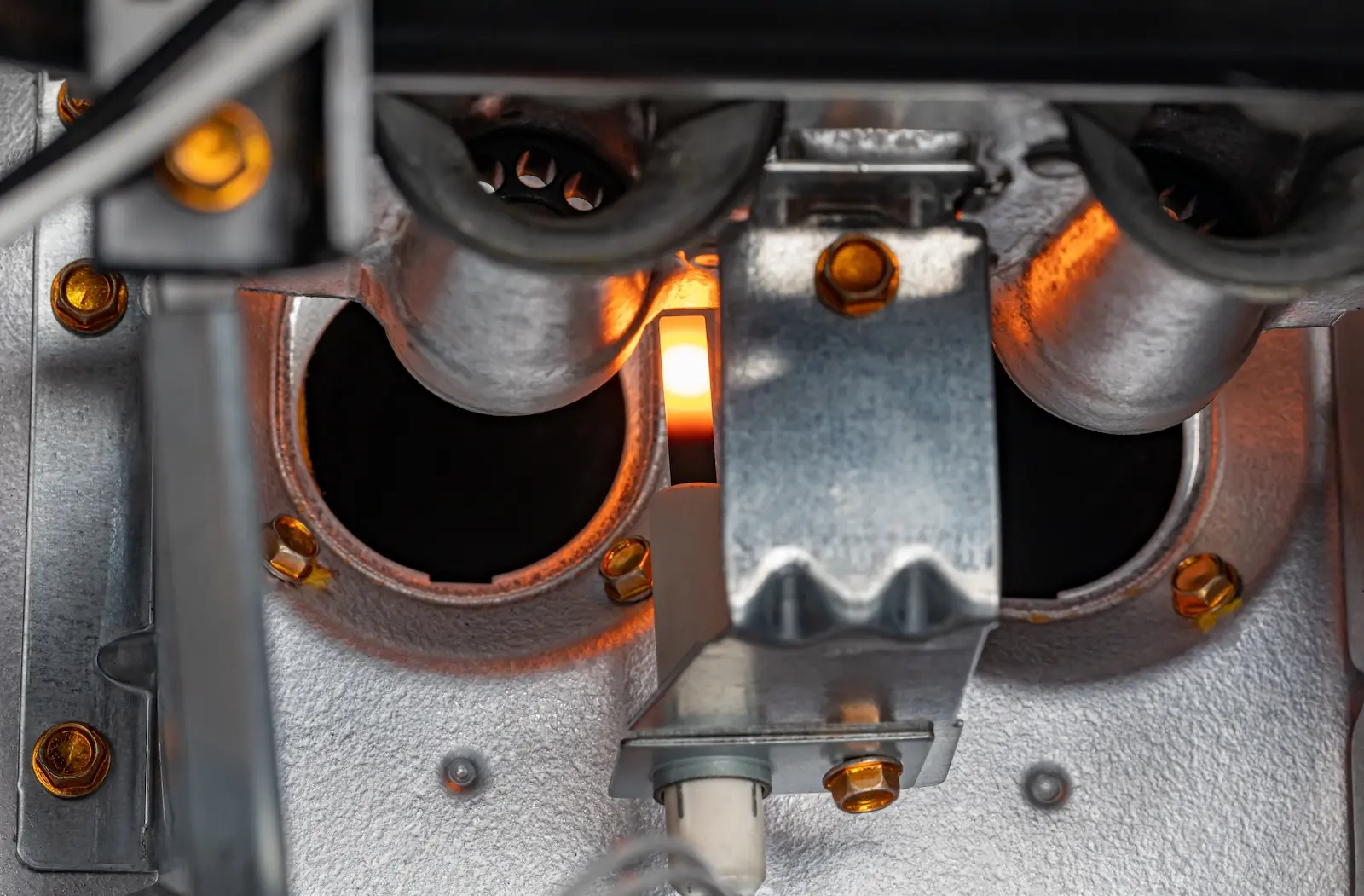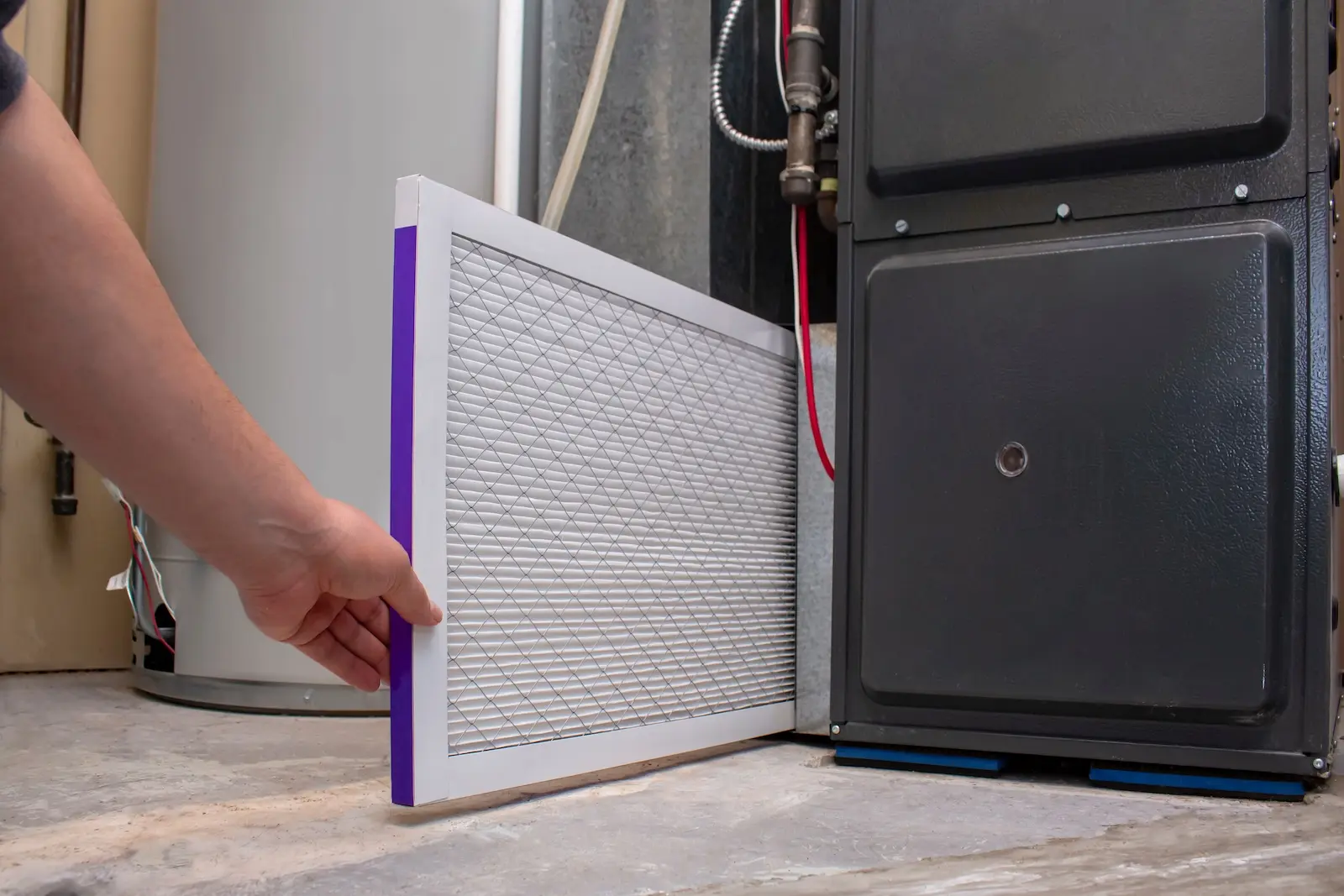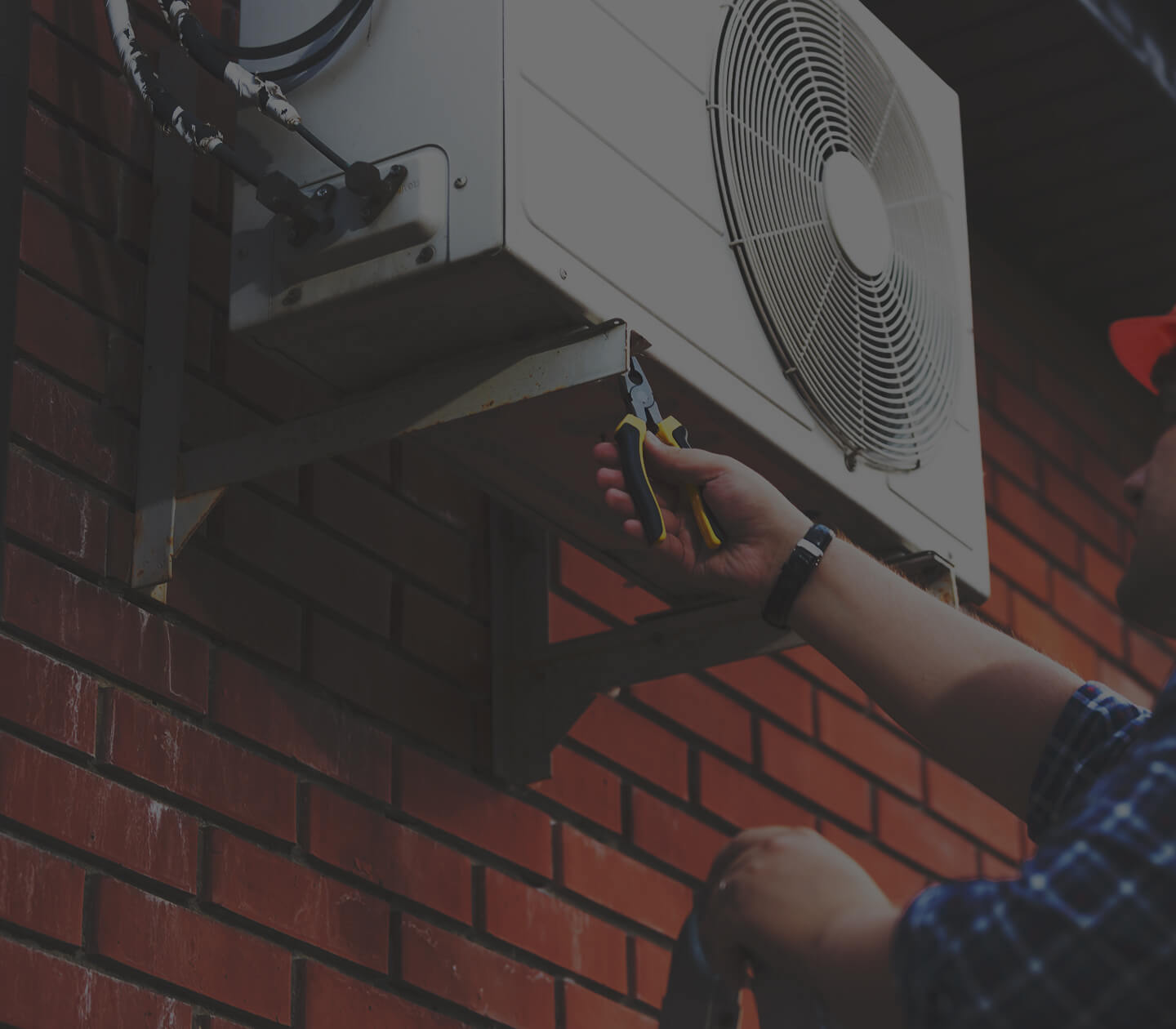Although Austin winters tend to be mild, you never know when we’ll get hit with a cold front, or worse, a winter “storm”. With highs that suddenly drop from the 80’s to the 50’s, you want to be prepared for anything in Texas. When your furnace starts short cycling, it’s best to address it ASAP to remedy the situation and ensure your comfort throughout the cold (and sometimes hot) winter.
What is Furnace Short Cycling?
Imagine you’re trying to run a marathon, but you’re new to running. Ideally, you should be able to keep a consistent and reasonable pace that you maintain throughout the race. Instead, you end up sprinting for a few minutes, then dragging your feet for several, just to repeat the process all over again. This is similar to how a furnace operates when it is short cycling.
In furnace terms, short cycling means your furnace turns on, runs for a short period (often just a few minutes), shuts off, and then repeats this process frequently. This not only fails to heat your home properly but also puts extra strain on your system, leading to increased wear and tear.

Why is My Furnace Short Cycling?
There are several reasons why your furnace might be short cycling. Here are some of the most common culprits:
- Oversized Furnace: A furnace that’s too big for your home will heat the space too quickly, causing it to shut off prematurely. This is like wearing a winter coat in the summer – you’ll overheat fast!
- Clogged Air Filter: A dirty filter restricts airflow, causing your furnace to overheat and shut down. Think of it like trying to breathe through a straw – it’s much harder to get enough air.
- Thermostat Issues: A malfunctioning thermostat can send incorrect signals to your furnace, leading to short cycling. This could be due to a faulty thermostat or simply an incorrect setting.
- Overheating: Several issues can cause your furnace to overheat, including a blocked exhaust vent, a malfunctioning blower motor, or electrical problems.
- Flame Sensor Problems: The flame sensor ensures that the gas valve stays open only when there’s a flame. A dirty or faulty sensor can cause the flame to shut off prematurely, leading to short cycling.
Austin-Specific Furnace Concerns: Keeping Your Home Cozy in Texas “Winter”
Austin might be known for its warm weather, but those occasional cold snaps can really make you appreciate a reliable furnace. Here at TemperaturePro Austin, we understand the unique challenges that Austin homeowners face when it comes to heating their homes.
Here are a few things to keep in mind:
- The “On-Again, Off-Again” Climate: Austin winters can be unpredictable, with temperatures fluctuating dramatically. One day it’s sunny and 70 degrees, the next day a cold front blows in and the temperature plummets. This can put extra strain on your furnace as it constantly adjusts to the changing conditions. Regular maintenance is crucial to ensure your system can handle these temperature swings.
- Protecting Against the Elements: While snow and ice are rare in Austin, strong winds and dust storms can affect your outdoor unit. Make sure your unit is clear of debris and consider a protective cover if you live in an exposed area.
- Humidity and Indoor Air Quality: Even in winter, Austin can experience periods of high humidity. This can affect your indoor air quality and make your home feel stuffy. Consider adding a whole-home humidifier to your HVAC system to maintain optimal humidity levels and improve your comfort.
Is Furnace Short Cycling Dangerous?
While short cycling itself might not be immediately dangerous, it can lead to several problems:
- Increased Energy Bills: Your furnace uses more energy when it constantly starts and stops.
- Reduced Furnace Lifespan: The added stress of short cycling can cause your furnace to wear out faster.
- Uneven Heating: You may experience temperature fluctuations throughout your home.
- Carbon Monoxide Risk: In some cases, short cycling can increase the risk of carbon monoxide buildup, which is a serious safety hazard.

How to Fix a Short Cycling Furnace
Seeing your furnace constantly switching on and off can be frustrating, but don’t worry! At TemperaturePro Austin, we have the tools and expertise to diagnose the root cause and get your system back on track. Here’s a glimpse into how we tackle short cycling:
- Inspect and clean or replace your air filter: This might seem simple, but a clogged filter is a surprisingly common culprit. Think of it like trying to breathe through a clogged straw – your furnace struggles to get enough air, overheats, and shuts down prematurely. We’ll make sure your filter is clean and ready to go.
- Check and calibrate your thermostat: Your thermostat is the brain of your heating system. If it’s not calibrated correctly, it might be sending the wrong signals to your furnace, causing it to turn on and off too frequently. We’ll make sure your thermostat is accurately reading the temperature and communicating effectively with your furnace.
- Inspect the furnace for any signs of overheating: Overheating can be caused by various issues, from a blocked exhaust vent to a malfunctioning blower motor. Our technicians will thoroughly inspect your furnace to identify any potential problems and recommend the necessary repairs.
- Clean the flame sensor: This little sensor plays a crucial role in your furnace’s safety. It makes sure the gas valve stays open only when there’s a flame. If it’s dirty or faulty, it can cause the flame to shut off prematurely, leading to short cycling. We’ll carefully clean the flame sensor to ensure it’s working properly.
- Assess the size of your furnace: Believe it or not, a furnace that’s too big for your home can actually cause short cycling. It heats the space too quickly, causing it to shut off before it can complete a full heating cycle. We can determine if your furnace is properly sized for your home and recommend a replacement if needed.
Why DIY Can Be Risky:
While some furnace problems might seem like easy fixes, attempting DIY repairs can sometimes do more harm than good. You could end up damaging your system further or even putting your safety at risk. It’s always best to leave furnace repairs to the professionals. Our experienced technicians have the knowledge and tools to diagnose and fix the problem correctly the first time, saving you time, money, and potential headaches.
Don’t hesitate to contact TemperaturePro Austin for expert furnace repair and maintenance. We’ll keep your home warm and comfortable all winter long!


